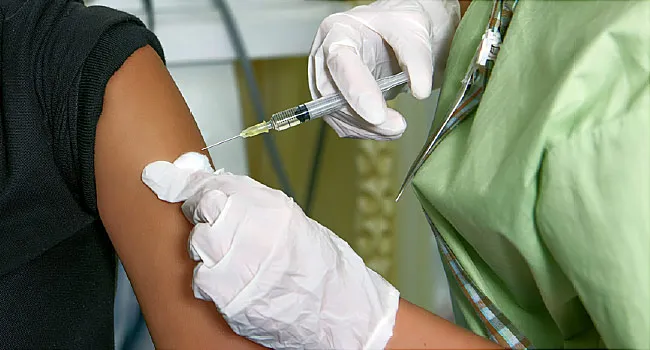[ad_1]
Jan. 3, 2022 — The FDA on Monday licensed the primary COVID-19 vaccine booster dose for American adolescents ages 12 to fifteen.
Moreover updating the authorization for the Pfizer COVID-19 vaccine, the company additionally shortened the beneficial time between a second dose and the booster to five months or extra, primarily based on new proof. As well as, a 3rd major sequence dose is now licensed for sure immunocompromised youngsters 5 years to 11 years outdated. Full particulars can be found in an FDA news release.
The amended emergency use authorization (EUA) solely applies to the Pfizer vaccine, mentioned appearing FDA Commissioner Janet Woodcock, MD.
“Simply to verify each everybody is obvious on this, proper now: In case you received [Johnson & Johnson’s one-dose vaccine], you get a booster after 2 months. In case you received Moderna, you may get a booster at 6 months or past,” she mentioned throughout a media briefing.
What’s new, she mentioned, is “if you happen to received Pfizer as your major sequence, you may get a booster at 5 months or past.”
A Decrease Threat of Myocarditis?
Requested about considerations in regards to the danger of myocarditis with vaccination within the 12- to 15-year age group, Woodcock mentioned they count on it could be “extraordinarily uncommon with the third dose.”
“We have now the real-world proof from the Israeli expertise to assist us with that evaluation,” she mentioned.
The information to date constantly factors to the next danger of myocarditis after a second mRNA vaccine dose amongst males, from youngsters to 30-year-olds, with a peak at about 16 to 17 years of age, Peter Marks, MD, PhD, director of the FDA’s Middle for Biologics Analysis and Analysis, mentioned through the media name.
The danger of myocarditis is about 2 to three occasions increased after a second vaccine dose, in comparison with a booster shot, Marks mentioned, primarily based on out there information. It could be associated to the nearer dose timing of the second dose versus a 3rd, he added.
“The inference right here is that on the chance of myocarditis with third doses within the 12- to 15-year age vary is prone to be fairly acceptable,” he mentioned.
Marks additionally identified that the majority circumstances of myocarditis clear up rapidly.
“We’re not seeing long-lasting results. That is to not say that we do not care about this and that it isn’t vital,” he mentioned.
“However what it’s saying is that within the setting of an incredible variety of Omicron and Delta circumstances on this nation, the potential advantages of getting vaccinated on this age group outweigh that danger,” Marks mentioned. “We are able to take a look at that risk-benefit and nonetheless really feel comfy.”
He mentioned that “the actually overwhelming majority of those circumstances, 98%, have been gentle” — proven by a 1-day median hospital keep.
Even so, the FDA plans to proceed monitoring for the chance of myocarditis “very intently,” he mentioned.
Apparently, swollen underarm lymph nodes have been seen extra ceaselessly after the booster dose than after the second dose of a two-dose major sequence, the FDA mentioned.
Lowering the time between major vaccination with the Pfizer vaccine — two preliminary doses — and the booster shot from 6 months to five months relies on lowering efficacy information that the drugmaker submitted to the FDA.
The 5-month interval was evaluated in a study from Israel printed Dec. 21 in The New England Journal of Drugs.
Mixing and Matching Vaccines
Much less clear in the mean time is steerage about boosters for individuals who opted to combine and match their major vaccine sequence.
“There was a mix-and-match research that was accomplished which confirmed that in some circumstances, the blending and matching … of an adenoviral report vaccine and an mRNA vaccine appear to provide an excellent immune response,” Marks mentioned.
As soon as extra information is available in on mixing and matching, “we’ll analyze them after which probably make suggestions,” he mentioned.
‘It is Not Too Late’
No federal authorities media briefing on COVID-19 could be full with out a plea for the unvaccinated to get immunized.
“We’re speaking so much about boosters proper now, however it’s not too late for many who haven’t gotten a vaccine to get a vaccine,” Marks mentioned, referring to the tens of hundreds of thousands of People who stay unvaccinated in the beginning of 2022.
“We all know from our earlier research that even a single dose of the vaccine — and possibly two doses — might help stop the worst outcomes from COVID-19, together with hospitalization and demise.”
[ad_2]
Source link

